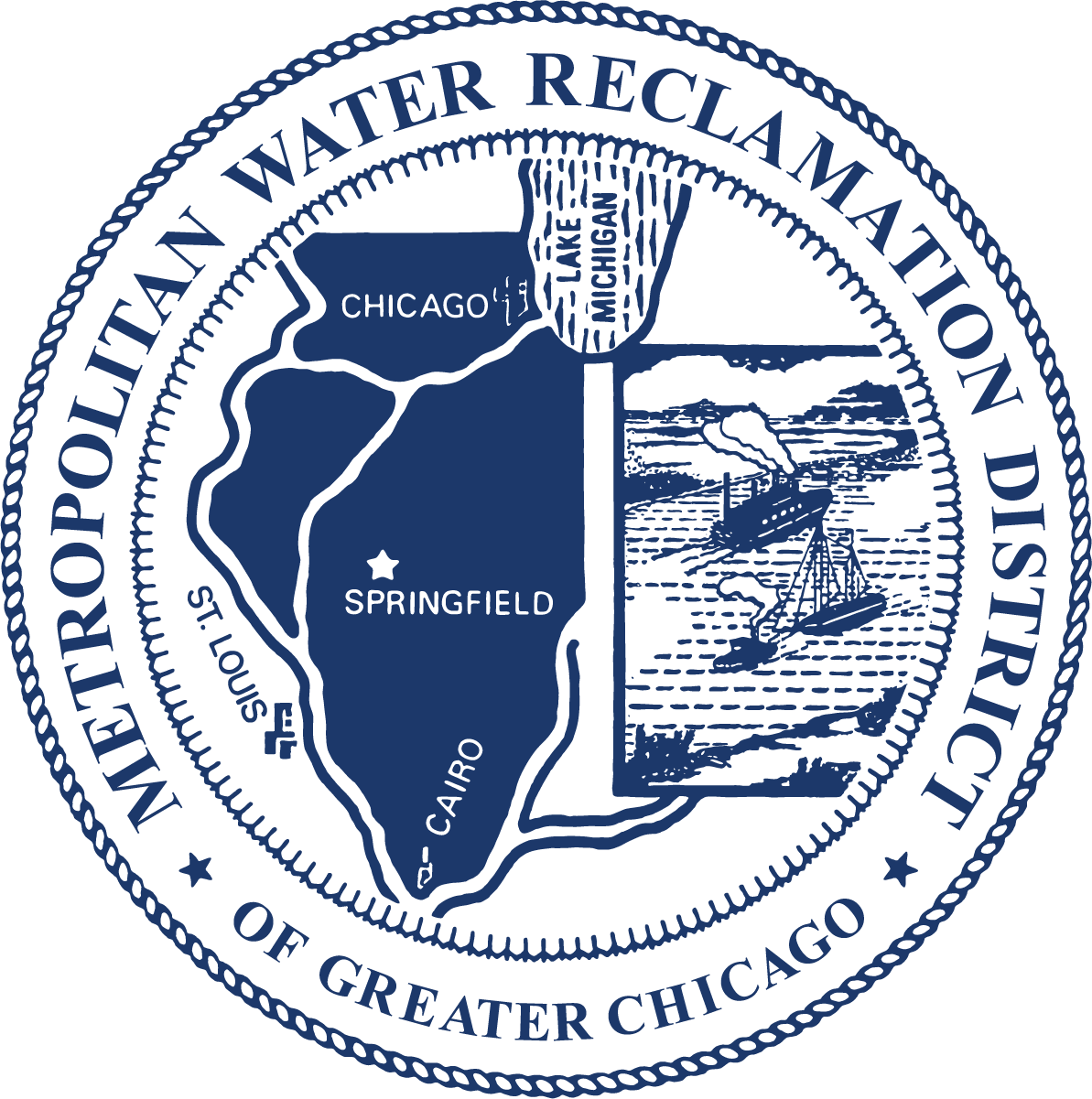Unlocking the potential of industrial hemp cultivation; MWRD and University of IL research yields environmental benefits
Growing inches tall by the day, stalks of industrial hemp are rising through a greenhouse at the Metropolitan Water Reclamation District of Greater Chicago’s (MWRD’s) Stickney Water Reclamation Plant, demonstrating how in only about two months this thriving plant can deliver numerous environmental benefits to produce multiple harvests per year.

In 2018, industrial hemp, a cannabis plant containing low levels (<0.3 percent) of the psychoactive compound THC (tetrahydrocannabinol), became legal to grow with a license. Since then, industrial hemp has received attention due to its numerous potential environmental benefits, including its ability to extract and uptake nutrients that formerly ran off in heavy rainstorms and polluted waterways. Industrial hemp is one of the best crops for carbon sequestration because of it has deep roots, grows fast growth and yields high amounts of biomass.
Although a cannabis plant and a wastewater treatment plant are not a synonymous pairing, the skyrocketing growth of industrial hemp has MWRD scientists taking note for its ability to grow in soil amendments taken from the treatment process. For this collaborative research project between the MWRD and University of Illinois at Urbana-Champaign (UIUC), scientists are exploring how the use of biosolids as a sustainable alternative to chemical fertilizers can cultivate more industrial hemp. If it grows in MWRD biosolids, this means farmers will less have to rely on fertilizers, herbicides and other chemicals, and the MWRD will have another sustainable way to reuse part of the 150,000 dry tons of biosolids the MWRD produces annually from seven water reclamation plants. By the looks of the seven-foot-high stalks of industrial hemp, the plants are certainly producing high biomass, while also shedding light on numerous benefits, MWRD officials said. The MWRD is currently growing a portion of the hemp from seedlings in long narrow PVC pipes that allow the roots more room to expand downward.
“This collaboration between the University of Illinois and our soil scientists at the MWRD illustrates a groundbreaking approach to how we use soils, grow plants and capture carbon and other nutrients,” said MWRD President Kari K. Steele. “Thank you to these innovative scientists for making these discoveries in sustainability.”
Industrial hemp also has potentials to remediate the contaminated soil by removing compounds of emerging concern. MWRD soil scientists are studying how the plant grows in soils from brownfield sites contaminated with polycyclic aromatic hydrocarbon from petroleum product after blending with 2-3 percent MWRD biosolids recovered from the water reclamation process.
“This is something I’ve been looking into for a long time,” said MWRD Vice President Patricia Theresa Flynn, during a tour of planting operations. “And if it can help us improve our soil, our air, and our communities, I say, ‘if it makes sense, let's do it.’ We appreciate the passionate scientists behind this project.”
The stems grow thin and tall, producing a durable source of fiber. During harvesting, the bark of the plant is stripped and then shredded in a machine. Its uses can lead to textiles, paper, and construction materials, like hardwood flooring. Other hemp plants can produce grains and other food sources and biofuels. There are no plans in place yet for large scale use of biosolids for hemp production, but the potential is there. Because of its quick growth, scientists believe it can accommodate multiple growing seasons per year.
The study is expected to continue through 2027.
MWRD scientists have grown 120 industrial hemp plants at Stickney Water Reclamation Plant, studying different methods and soils, and visited farm applications with Dr. DoKyoung Lee and other researchers from the Department of Crop Sciences at the University of Illinois Urbana-Champaign. After harvesting, the plant’s bark is stripped and processed through a shredder.




